Sugar and salt are among the most common and widely used household substances in North America.
Both sugar and salt are with us since at least 8,000 BC, as according to researchers, the sugarcane plant was first domesticated by the good people in Southeast Asia 10,000 years ago.
People can live without sugar all their lives, except from Americans of course, but salt is another story altogether. While our bodies can manufacture their own sugar from various foods rich in carbohydrates, like fruits and cereal (fruits also contain sugars by the way), salt, formerly known as sodium chloride, is an essential mineral, which is readily available in nature in its natural crystalline form, also known as rock salt.
Unlike sugar, which is a highly refined/processed food, making for the ultimate soluble carbohydrate, and not very good for one’s health, salt is an essential mineral for both humans and animal life in general. While plant life and animal meat (including milk) contain sodium in various quantities (not so much for plant life), if you’re a vegetarian, you may require extra salt added to your diet, because the human body cannot produce sodium chloride on its own, and the plant-based sodium intake may not be enough for your body to function properly.
 The Good News about Sugar and Salt
The Good News about Sugar and Salt
They’re both non perishable substances, provided they’re stored properly. The general rule of thumb is to store them in food grade buckets or mylar bags, as they’re both hygroscopic (they suck and keep inside moisture from the air), hence they should be kept away form both pests (sugar in this case) and moisture in long-term storage scenarios. And by long term, I mean literally centuries, if stored properly. But that’s another story altogether.
The question is why should you store sugar and salt for survival? And which is the best? And why?
To begin with, we need salt to literally survive. This may sound strange to you, considering the general wisdom of reducing one’s salt intake to less than 2000 mg per day. That’s because most of our (processed) food contains lots of salt by design, and an excess of salt can be detrimental for one’s health, long term speaking. Especially if we’re talking about highly refined table salt. However, things can change dramatically, especially in a SHTF scenario. It’s worth mentioning that raw/unrefined salt is the best for human consumption.
Besides being cheaper (theoretically), natural/unrefined salt comes with trace amounts of minerals, like copper, manganese etc.
Also, during the refining process, salt is treated with various toxic chemicals. You see where this is going: white salt is a no-no procedure. Natural salt is not white, due to the aforementioned trace minerals. Not even genuine/unprocessed sea-salt is perfectly white, so be advised the next time you go shopping for the stuff. Check out this excellent article on salt (1) for further reference.
Besides its vital importance for one’s health and general well being (we’ll get to that later in the show with more detail), salt comes handy in a multitude of survival scenarios.
There are Countless Survival Uses for Salt
Among the most important, we must emphasize food preservation. It’s known from ancient times that salt dehydrates, and that comes handy in situations that require preserving food in a “primitive manner”, i.e. sans electricity and other advents of our modern-day functioning society. Due to salt’s osmotic pressure on microorganisms, which draws moisture from them (kills them basically), you can preserve fish and meats in a 20 percent salt solution, with no refrigeration required. You can also add salt to smoked/dried meats/fish, as it helps with the curing process, and also makes them tastier. And by the way, this trick keeps nasty bugs away.
We were talking about salt and health: the thing is, we lose salt on a daily basis via eliminating bodily fluids (perspiration, urination, defecation).
Chronic loss of salt in one’s body triggers a condition called Hyponatremia, which is basically too less salt in the blood, or a low sodium concentration level in plasma, to be more pedantic. This condition can be triggered by consuming too much water, or sweating too much (or both), even if there’s enough salt in one’s diet. Athletes are regularly affected by this problem, hence their preference for sports-beverages that contain electrolytes.
Point being, in a survival scenario, you may require extra salt to be added to your food, especially if you are sweating profusely, as in you’re engaging in strenuous physical activities regularly. Don’t eat too much salt either by the way, everything’s about balancing your diet. The general rule of thumb is the more you sweat, the more salt you’ll require. General sluggishness and muscle cramps, especially in your legs, are signs that you may be salt-deficient.
Treating Skin Wounds
Wound skin treatment is another problem that can be addressed using saline solution. The recipe is 10 grams of salt added to one liter of water, or 1/10 ratio salt/water. This improvised saline solution is excellent for flushing wounds of debris/bacteria by using a punctured water/soda bottle. Saline solution applied to a wound will destroy bacteria by due to dehydration via osmotic pressure. Do not apply salt directly to the wound, as it’s very painful. Even ivy poisoning can be ameliorated by flushing the affected areas with saline solution, as it reduces irritation and soothes pain.
Canker sores, sore throat and overall oral health can be improved by using the same saline solution. Rinse and gargle, repeat, and don’t swallow.
Salt is used since immemorial times as pest control. Ant infestation can be a problem in a survival situation, and you can spray a saline solution around food-items to keep nasty bugs away. Now, how much salt to store and how? 10 lbs of salt are enough to cure 200 lbs of meat. You do the math. You can store salt long term by using 5 gallon buckets lined with five gallon sized ziplock bags. Alternatively, you can use smaller 2 gallon buckets or even 2 liter soda bottles. Or even leave it in its original package and vacuum seal them in bags, then store them in a cool/dry place. Finally, you can pour salt into mylar bags, then store the bags in 5 gallon buckets. Whatever method works, and by the way, you can store sugar the same way.
Survival Use for Sugar
Since we’re “on the meter”, I’ll give you the main reasons for storing sugar. First, you can use sugar (and salt) for creating an ad-hoc energy drink of sorts, which can come handy in stressful situations. Here’s the recipe for a sugar/salt sports drink-electrolyte filled beverage:
- 6 level teaspoons of sugar
- 1/2 level teaspoon of salt
- dissolved in 4 measuring cups of purified water.
This beverage will give you a quick energy burst, that will boost both your morale and physical stamina, even if for a short period of time. Sugar is basically glucose and fructose, which are easy absorbed by your body.
Just like salt, sugar can be used as a food preservative, and it works the same, via its osmotic effect, which dehydrates bacteria, killing them, so they can’t ruin your food. The best way to cure meats and the like is to use a combo of salt and sugar. However, many survivalists keep their perishable foods inside jars of sugar, thus making sure they’ll last for a long time. Sugar mixed with baking soda makes for an effective cockroach killer. Moreover, sugar can be used to treat wounds and prevent infections, as it works in a similar fashion as salt, i.e. a sugar/water solution must be sprinkled on the wound, thus preventing bacterial infection and helping it to heal faster.
Keep in mind that sugar is mostly empty calories, hence it cannot be perceived as a survival food. White/highly processed sugar has an almost indefinite shelf life, but again, it’s empty calories mostly. Brown sugar/molasses are way more healthier, yet harder to store long-time. Hence, you should opt for white sugar and a bit of molasses eventually for your survival stash.
Finally, when it comes to the “salt or sugar” for survival question, the answer is that both are important, yet salt has more survival uses compared to sugar, and it’s also essential for one’s general health and well being, hence you should store more salt and less sugar.
I hope the article helped. Let us know your thoughts in the dedicated comments section below.
Resources:
(1) https://healthwyze.org/reports/115-the-truth-about-table-salt-and-the-chemical-industry


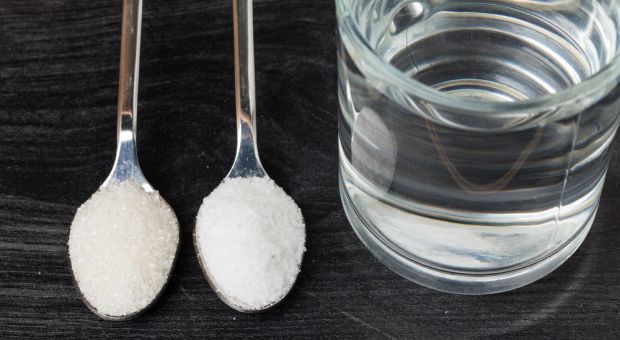



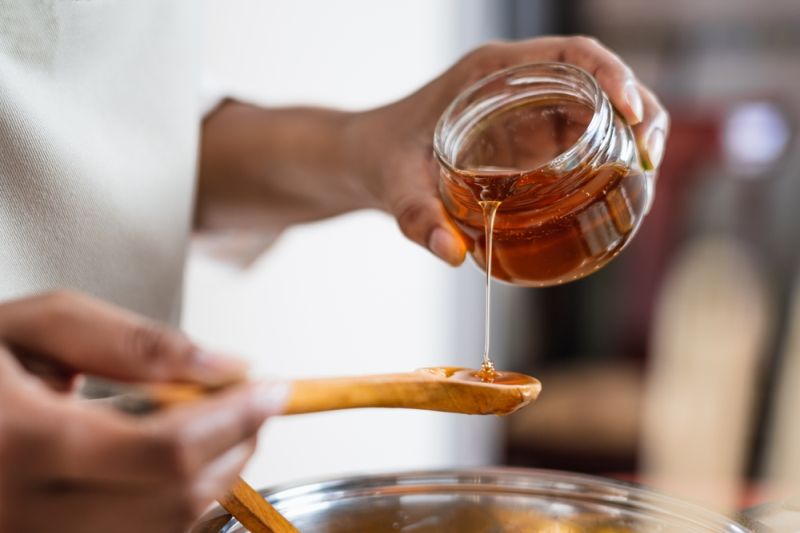
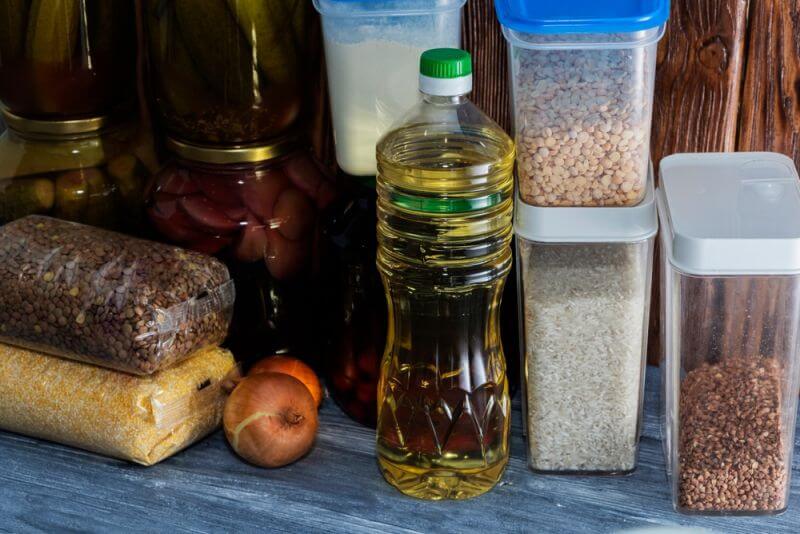
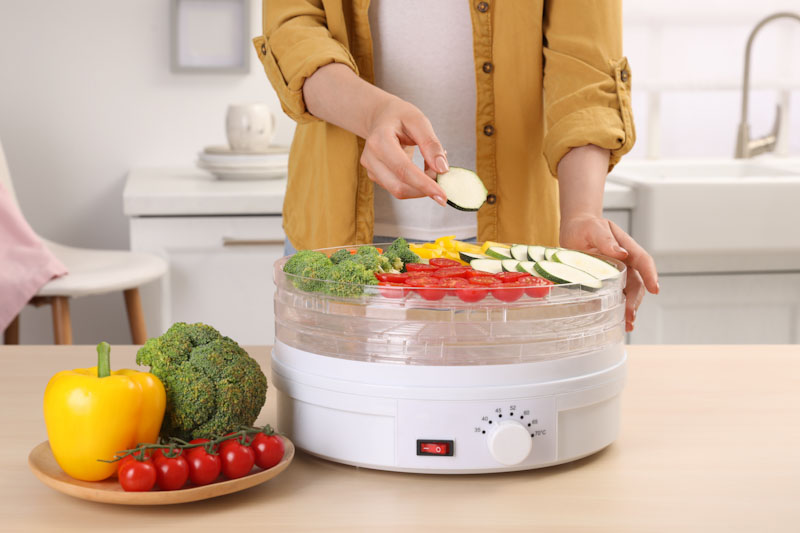
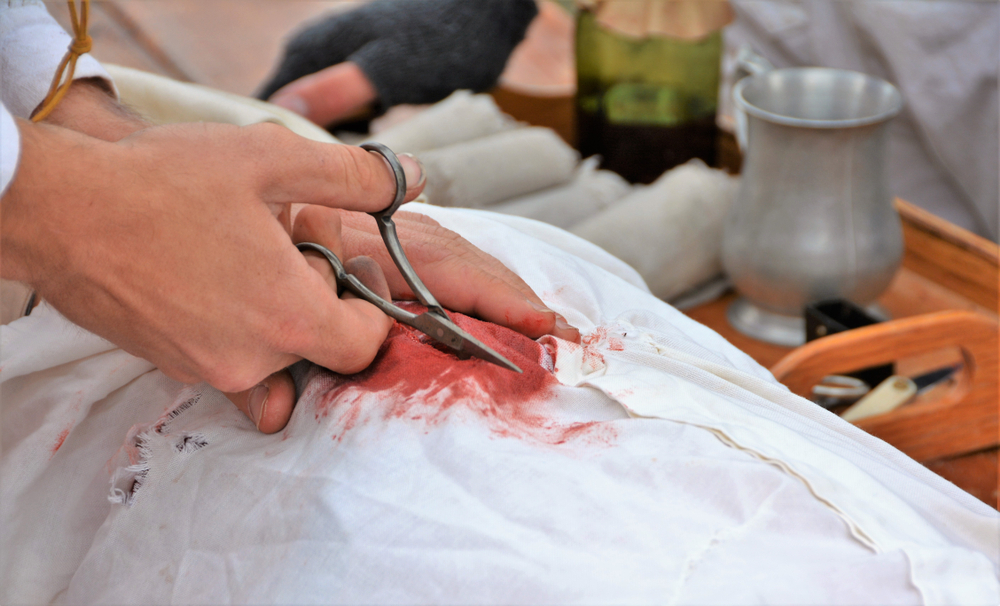

Helen | January 17, 2019
|
Thank you Chris
Bill | January 17, 2019
|
Some simple overlooked ways to store Salt. 2 white 50 lb blocks of salt along with a red one, which has iron & iodine. You can also consider water softener tablets, as they are also pure salt and can easily be carried in a known quantity.
mr.eman | January 20, 2019
|
I agree on collecting water softener salt but I avoid the pellets and buy bags of the rock salt. I store it in a 40 gallon barrel and use a ordinary table salt grinder. A 50lb bag is only a few dollars.
ADifferentDale | December 14, 2020
|
Why store food for emergencies, for when medical help might be hard to get, that is labeled not for human consumption? There are plenty of ways to get salt and store it that are actually intended for human consumption. It would be different if there were no cleaned salt options but to plan to feed your family unclean stores in an emergency just doesn’t make sense
Brett | January 17, 2019
|
10 grams per liter is a 1/100 ratio. Not “1/10”.
H | January 17, 2019
|
Thank you for this write-up Chris.
Maybe any info on edible and medicinal wild plants in the New England region?
Ron | January 21, 2019
|
Brett is correct. It is 1 to 100 ratio. One liter of water weighs about 1000 grams. 1000/10 = 100.
STEVEN A WHALLEY | January 17, 2019
|
THANKS CHRIS, MY STEP SON CAME TO THE HOUSE ONE DAY AND SAW ONE OF MY 2# SALT BUCKETS. HE EXCLAIMED WHY IN THE WORLD WOULD YOU GET “THAT MUCH” SALT? I GAVE HIM JUST A QUICK EXPLANATION. HE’S ALSO THE ONE WHO I SHOWED ONE OF MY MYLAR PACKED TOTES FULL OF FOOD, SHOWING HIM JUST TO SAY, ” YA KNOW YOU MIGHT WANT TO LOOK INTO A COUPLE OF THESE TOTES FOR YOUR FAMILY”. WELL A COUPLE OF WEEKS LATER HE CAME OVER AND PROUDLY DISPLAYED HIS NEW BODY ARMOR COMPLETE WITH PLATES AND A $500 MEDICS PACK.. KEEPING IT SHORT, SOME TIME GOES BY HE GETS HURT AT HIS WELL PAYING JOB AND IS NOW WAITING…AND JUMPING THROUGH THE GOVT. BS TRYING TO GET MEDICARE, NO MONEY COMING IN. NOW LIVING OFF DONATIONS AND HIS WIFE’S SMALL CHECK, HE SAID TO ME, “WELL YOU’VE GOT ALL THAT FOOD UNDER YOUR BED”, MY REPLY “YES, AND YOUR QUESTION MAY BE????..” JUST GOES TO SHOW, NEVER KNOW WHAT SHTF. AS OF THIS WRITING LOOK AT THE SHTF FOR ALL THOSE WELL PAYED FED WORKERS. I SEE A LOT OF LINES LOOKIN FOR A HAND OUT. SORRY I GOT OFF TRACK, YOUR ARTICLE WAS GREAT AND I ADMIRE YOUR OUTLOOK AT TODAYS WORLD. MY WIFE AND I TOO ALSO LIVE AT OUR BUGIN PLACE.
JR | January 17, 2019
|
Hi Chris, enjoyed your informative article. I am bothered by the incorrect use of English in more than one spot . If you would have someone proofread your work it would appear more professional.
Cassandra | January 28, 2019
|
I certainly agree. I simply stopped reading due to grammatical errors. One is an oversight. Multiple makes you seem uneducated. You are clearly not uneducated but need some editorial assistance.
Barbara Jean Brown | January 17, 2019
|
WOW!BIG HELP ! KNEW “SOME” ABOUT SALT,BUT JUST KNEW REFINED SUGAR WAS BAD! THANKS FOR NEW INFO! GOD’S BLESSINGS!
Ramsey A. Bear | January 22, 2019
|
6 level teaspoons of sugar
1/2 level teaspoon of salt
dissolved in 4 measuring cups of purified water.
Is also works as a homemade Pedilite solution. A six kid/adult needs a slightly salty solution or they don’t get optimal hydration. Think dysentery!
click | January 29, 2019
|
If some one needs to be updated with most up-to-date technologies then he must be visit this web page and be up to date every day.
Bonnie | February 11, 2019
|
Very informative article, thank you Chris! As for the people that can’t get past your grammatical errors, screw’em!
Rhett | March 17, 2019
|
I hope I didn’t offend the English professors with my poor editing skills to say thank u fir the wonderful info.
NCYinzer | January 29, 2021
|
I buy animal feed salt at Tractor Supply. It is a coarse-grained salt with trace minerals in it. When I say trace minerals you should think dirt! I looks like someone tossed in a bucket of red clay dirt into a 50lb bag and then mixed it with salt. How I use this is mostly for making brines for making hams and bacon for the smoker. I add 2 cups of salt to a 1/2 gallon mason jar then fill it with water to the top. Put the lid on and shake it vigorously until the salt disolves. This will make a red muddy looking mess but just wait as it gets better! I set the jar aside and shake it every day for 3 days or so then let the jar stand until all the sediment settles to the bottom. You will be amazed at the clarity of the solution once the minerals have settled I then simply carefully pour off the clear solution being careful not to get too much sediment stirred up. The resulting solution is about 13% salt by volume and has a slight pink tinge to it, I then dilute with fresh water to the appropriate saline percentage. I personally use 2% to 5% for most brining. The results have always been excellent and I have fun with the process.